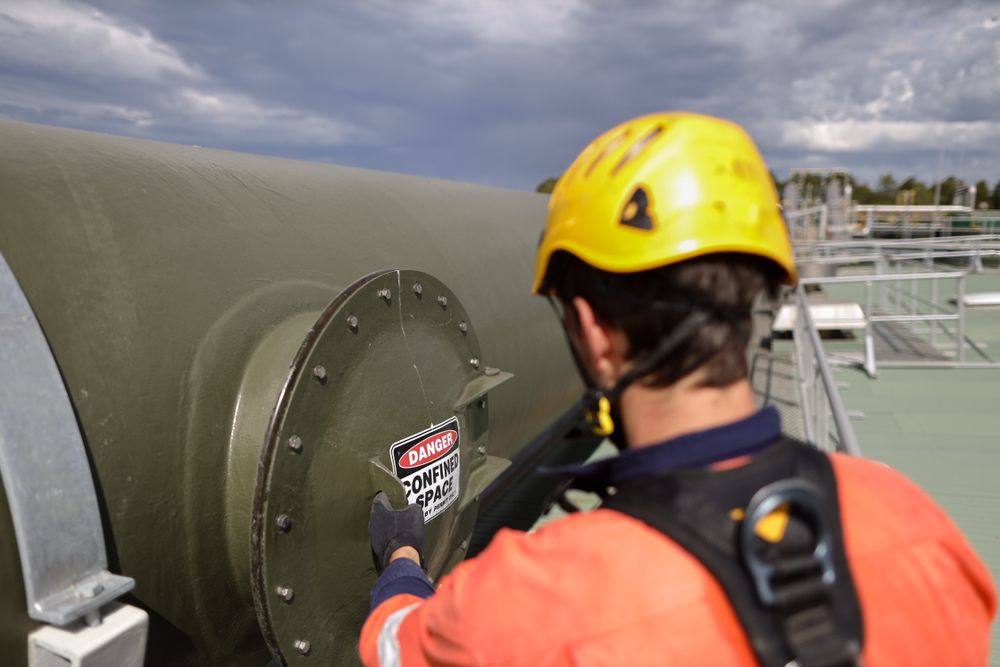![]()
Although numerous dangerous occupations exist, working in a restricted area is among the most dangerous. Because of all the potential dangers they present, confined spaces are a major cause for concern in many fields of work. You can reduce the risks of entering tight areas with a confined space course that covers the necessary knowledge, abilities, risk assessments, and processes.
What Does Confined Space Mean?
Workers’ health and safety can be compromised in a confined space, whether partially or wholly enclosed, depending on the nature of the materials present, the environment, the building, the location, and the type of job being performed.
They can be situated anywhere, above or below ground, and they don’t have to be very small either. Storage tanks, on one end of the spectrum, and enormous warehouses, on the other, are only two examples of the wide variety of confined places that exist. Managers, workers, and supervisors are all at risk of harm to their health and safety, if not their lives, if they have not received proper training.
Silos, water storage towers, boilers, pipes, pits, sewers, utility vaults, aircraft wings, rail tank cars, manholes, rail tank cars, storage bins, etc., can all be classified as confined spaces.
Here are five reasons training to work in confined spaces is so important.
- Employees benefit from confined space training because it raises their knowledge of the potential dangers they face in confined spaces and helps them define what one is. Greater awareness of the risks associated with working in tight spaces makes workers more sensitive to these risks, leading them to exercise extra caution. This, in turn, leads to fewer injuries and more lives being saved.
- Atmosphere testing is emphasised in confined space training because it helps workers determine what safety gear is necessary for working in a confined space and preparing for entry into the space. Worker confidence in entering a tight place, doing their tasks, and exiting safely increases proportionally with the amount of preparation they have done beforehand.
- Managers and businesses can better assess the dangers of working in confined spaces if they have received training in the subject. Because of this, they’ll be better able to decide what kind of safety gear is essential and develop emergency plans that could prevent serious injury or death in an accident. You can also use the data to design tests that can be used to keep tabs on conditions when employees are working in a restricted area.
- Those in authority over personnel who enter confined places should be aware of their responsibilities in this regard. A corporation has an obligation under the law to ensure that all employees working in confined spaces have the appropriate training and certifications before beginning their jobs.
- Farmers who work in silos and other confined spaces on their farms should also receive a confined space course. They can benefit significantly from learning the safest method to enter and exit these locations and how to safeguard themselves while operating inside this environment. Your loved ones rely on you, so do what you can to ensure your own safety.
If you’re prepared for an emergency, you’ll be less likely to freak out and more likely to let your training take over, potentially preventing you from suffering a life-threatening injury. The supervisors, site managers, engineers, safety officials, and attendants should all take a confined space course. Upon completing the training, you will be issued a confined space ticket, proving you are authorised to access and leave such areas.
Read More : Benefits of Doors With a Double Glaze
